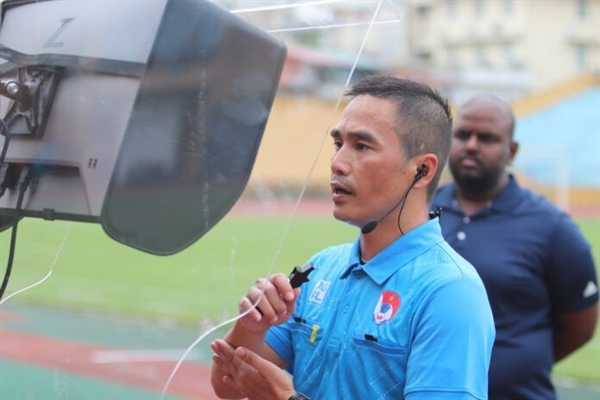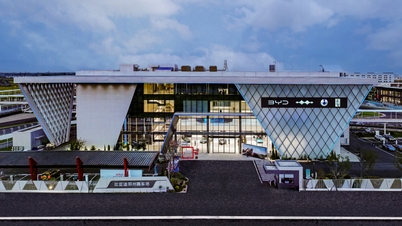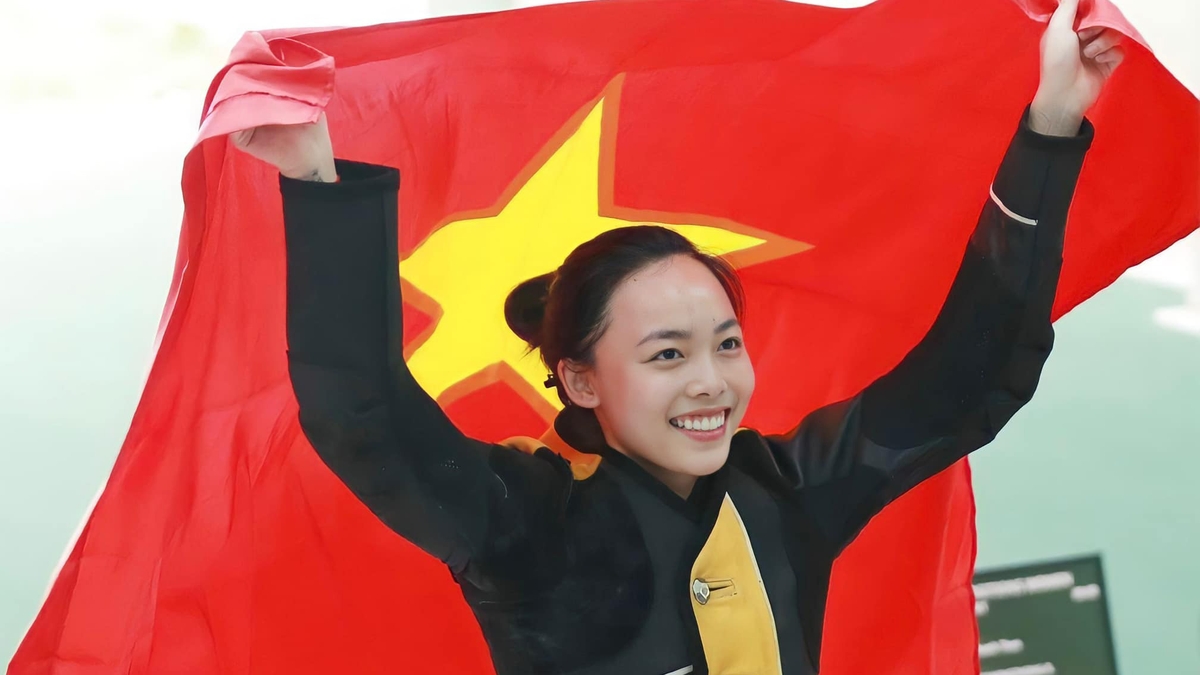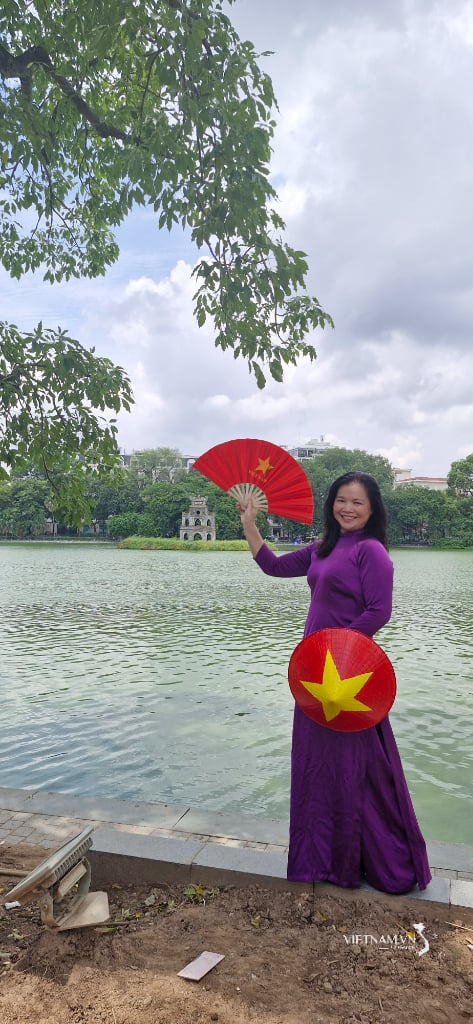
VAR stands for "video assistant referee" (Image: VPF)
VAR is not a technology.
VAR has become familiar to football fans since its implementation at the 2018 World Cup finals. Currently, VAR is widely used in all top football leagues, such as the Premier League, La Liga, Champions League, and Europa League, estimated at around 200 football leagues at all levels, from national teams to national championships, domestic cups, and youth leagues.
VAR is still referred to as "VAR technology" by many media outlets, but this term is not entirely accurate. A literal translation of VAR – Video Assistant Referee – is "video footage to assist the referee," and it doesn't contain any "technology" element. Furthermore, calling VAR technology means it's purely based on science and technology, ignoring the most crucial element: the human factor.
In football matches, goal-line technology (often called goal-line technology or Goal Decision System) uses sensors to determine whether the ball has crossed the goal line and resulted in a goal. Goal-line technology is not relative; it's only absolutely right or wrong, and the decision is made entirely by machine. VAR is different. Video recordings of controversial plays (whether a goal was scored, whether a penalty was awarded, whether a red card was given, and incorrect card decisions by the main referee) are replayed for the VAR team to review. If they deem intervention necessary, the VAR team will contact the main referee to advise them. In most leagues, the main referee still makes the final decision. He can ignore the VAR team's advice or stop the game to review the situation on the screens mounted on the field.
Therefore, decisions made with the assistance of VAR are still susceptible to errors, such as the VAR team not providing sufficient video footage for the referee to observe, or unclear camera angles. Furthermore, subjective decisions are unavoidable in situations involving penalties or card issuance. Of course, without VAR, referees are more prone to making mistakes because situations on the field happen very quickly, especially in offside situations. It's worth noting that the human eye cannot simultaneously focus on two points: the point where a player passes the ball and the point where a player receives the ball. Therefore, video support in these situations is essential. This is why VAR was created and has become so popular.
Challenges and expectations from VAR?
VAR is not easy to implement. First, there's the cost issue. To operate VAR, the VPF (Vietnam Professional Football Joint Stock Company) plans to spend 3 million USD (equivalent to 70 billion VND), including 3 VAR vehicles, each costing 10 billion VND. The VAR vehicle will house a large server (with a backup server) supporting the processing of 8 input channels for recording signals from stadium cameras and offside cameras; and Xeebra software to display virtual offside situations (this software requires a license from relevant authorities in Vietnam). In addition, there will be supporting equipment for VAR such as an internal communication system between the on-field referees and the referees in the VAR room.
Next is the human element. Recently, 18 referees and assistant referees participating in a VAR training course practiced officiating "matches" using VAR with short simulated scenarios to familiarize themselves with the regulations, protocols, and the use of technological equipment to analyze situations. Only when the referees pass the FIFA test will Vietnamese football be eligible to operate VAR. It should be added that even in major tournaments with world- class referees, such as the 2018 World Cup or the 2022 World Cup, VAR still faced much criticism for being time-consuming. A more relevant example is the match between the Vietnamese national team and Oman in the 2022 World Cup qualifiers; although Tien Linh's goal was still allowed, the way the VAR referee nitpicked for 5 minutes caused immense frustration for the players and Vietnamese football fans. From its inception, VAR's guiding principle has always been "least intervention, greatest effect." In short, no matter how thorough the training, referees still need time to get used to and master VAR. But regardless of the controversy, VAR is necessary and is the trend in football. It's no coincidence that more and more leagues are adopting this video-assisted refereeing method.
Furthermore, the introduction of VAR in the V-League will help solve many problems for domestic football. First and foremost, it will improve the quality of the league. A league with VAR in operation always has a higher rate of accurate referee decisions (according to FIFA statistics), meaning it ensures fairness in matches. Referees will also experience less pressure when making decisions on the field, thus escaping from nervousness. The image of Vietnam's top football league will also become more professional and modern in the eyes of fans and international friends. Moreover, the presence of VAR will deter players who resort to dirty tricks or malicious tactics to deceive referees or opponents. Instead of playing "dirty," players will focus more on improving their skills if they want to win. In short, the introduction of VAR brings many promising things and shows the efforts of the V-League management to improve the quality of the league.
NGOC TRUNG
Source







![[Image] Central Party Office summarizes work in 2025](/_next/image?url=https%3A%2F%2Fvphoto.vietnam.vn%2Fthumb%2F1200x675%2Fvietnam%2Fresource%2FIMAGE%2F2025%2F12%2F18%2F1766065572073_vptw-hoi-nghi-tong-ket-89-1204-jpg.webp&w=3840&q=75)



























































































Comment (0)